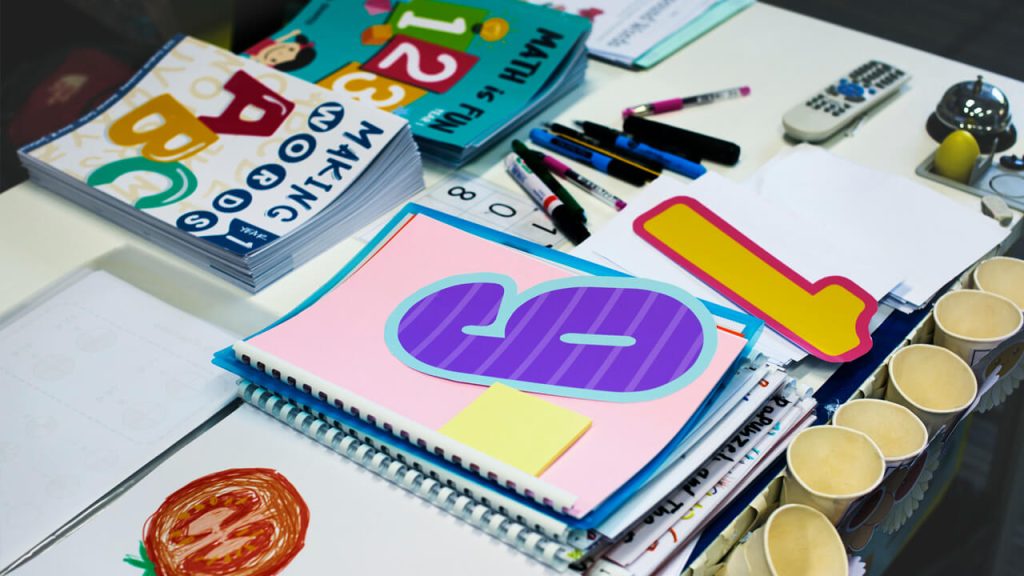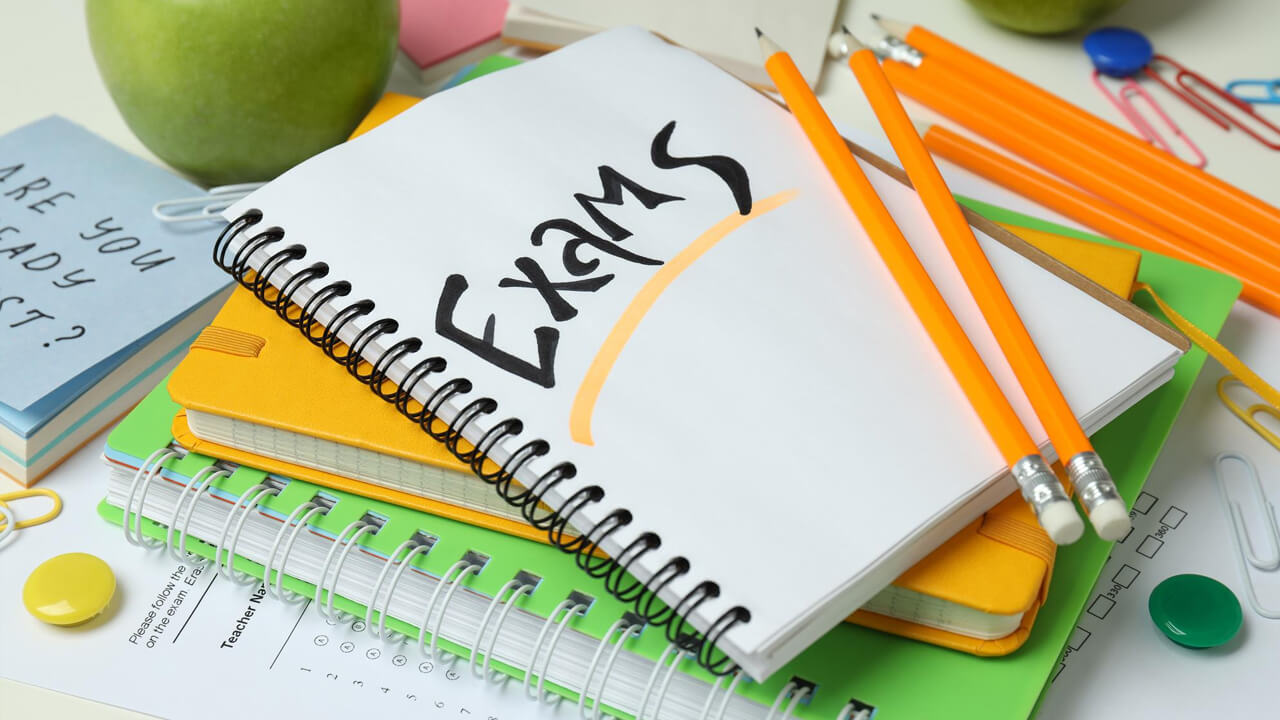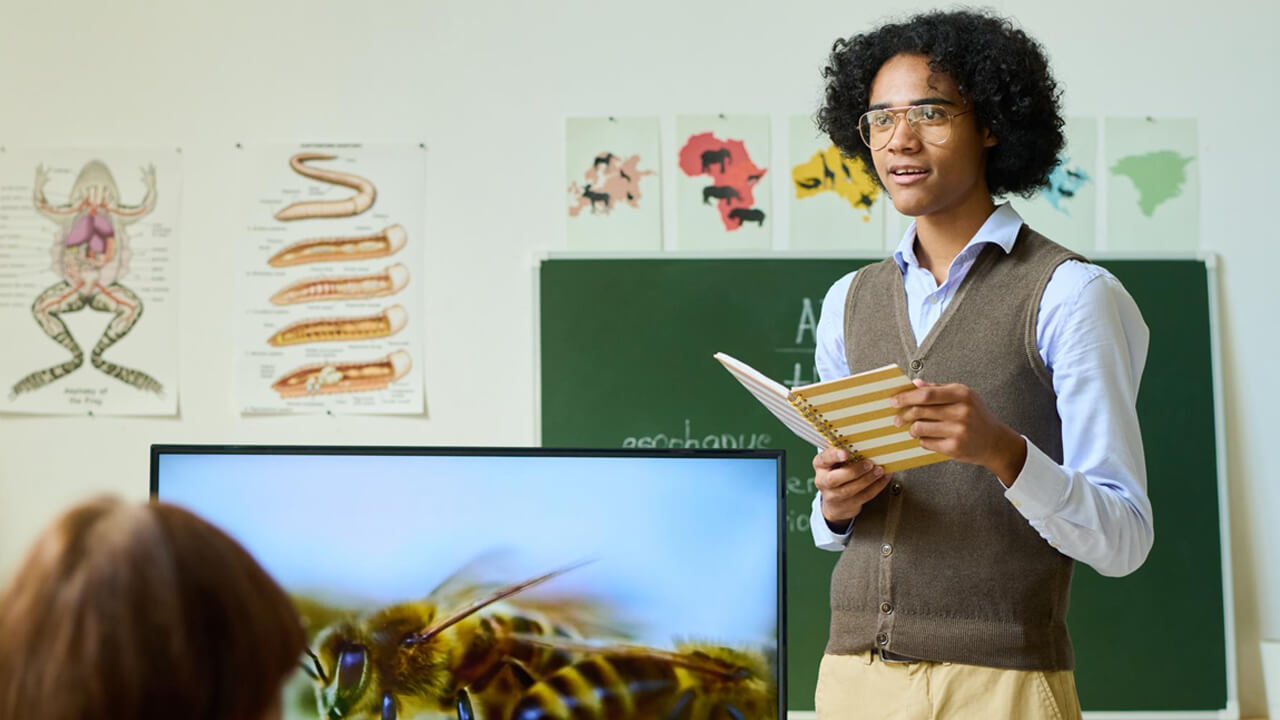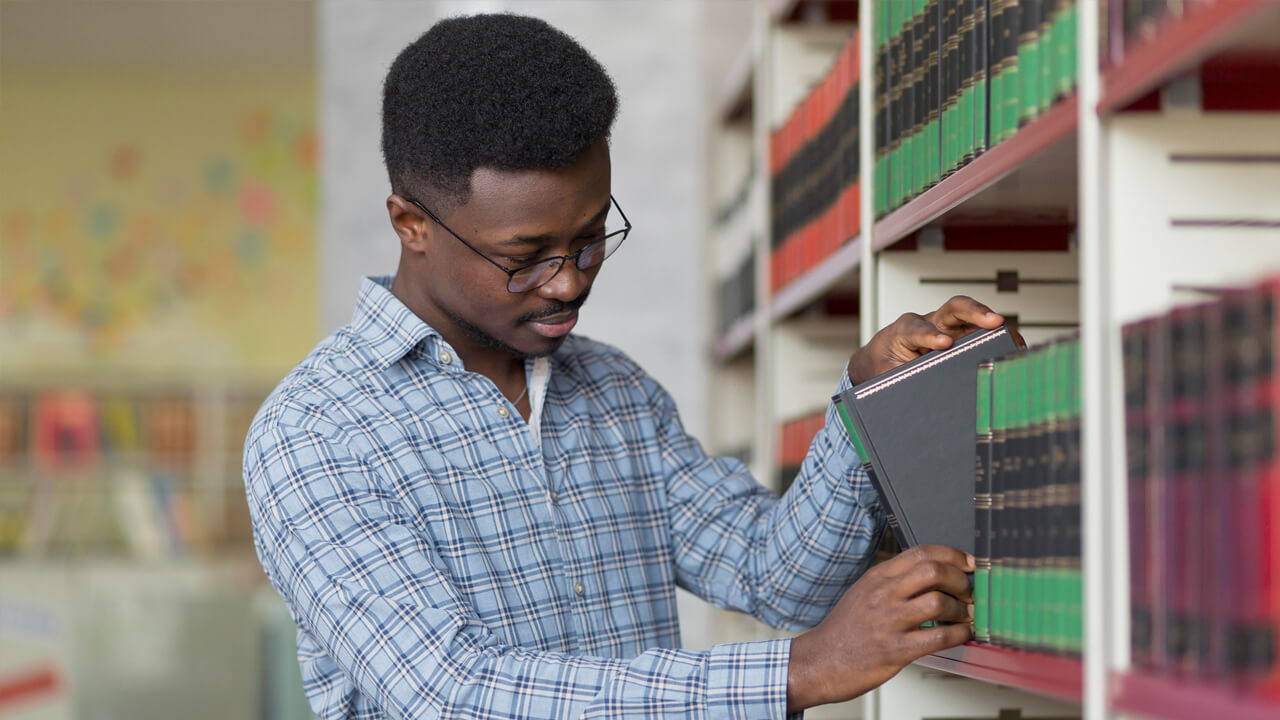Education is the cornerstone of personal and societal progress, yet it often faces significant challenges that hinder its effectiveness. Over the years, I have dedicated myself to identifying and implementing strategies to improve education, ensuring that it meets the evolving needs of students and society. Here’s a comprehensive look at the methods and practices that have led to tangible improvements in education, and you get to know how I Improved education.
How I Improved Education with Embracing Technology
1. Integrating Digital Tools:
- Interactive Learning Platforms: I introduced interactive learning platforms that make education more engaging. Tools like smart boards, educational apps, and online resources have transformed traditional classrooms into dynamic learning environments.
- E-Learning Opportunities: By incorporating e-learning opportunities, students can access a wealth of information and resources anytime, anywhere. This flexibility accommodates different learning styles and paces, ensuring no student is left behind.
2. Enhancing Accessibility:
- Remote Learning Programs: Implementing remote learning programs has been crucial, especially during unforeseen circumstances like the COVID-19 pandemic. These programs ensure that education continues uninterrupted, maintaining a consistent learning experience.
- Assistive Technologies: Using assistive technologies, such as screen readers and speech-to-text software, has made education more accessible to students with disabilities, promoting inclusivity.
Fostering an Inclusive Environment
1. Differentiated Instruction:
- Tailored Teaching Methods: Differentiated instruction involves tailoring teaching methods to meet the diverse needs of students. By assessing each student’s strengths, weaknesses, and learning styles, I developed personalized lesson plans that maximize individual potential.
- Small Group Sessions: Organizing small group sessions allows for more focused attention and support, fostering a collaborative learning environment where students can thrive.
2. Promoting Cultural Competence:
- Diverse Curriculum: Incorporating a diverse curriculum that reflects various cultures, histories, and perspectives has been instrumental in fostering an inclusive environment. This approach not only broadens students’ horizons but also cultivates respect and understanding.
- Cultural Exchange Programs: Implementing cultural exchange programs allows students to experience and appreciate different cultures firsthand, promoting global awareness and empathy.
How I Improved Education By Enhancing Teacher Development
1. Continuous Professional Development:
- Workshops and Seminars: Regular workshops and seminars keep teachers updated on the latest educational trends, technologies, and pedagogical strategies. These sessions encourage professional growth and innovation in teaching methods.
- Mentorship Programs: Establishing mentorship programs pairs experienced educators with new teachers, providing guidance, support, and sharing of best practices, leading to improved teaching quality.
2. Collaborative Learning Communities:
- Professional Learning Communities (PLCs): Creating PLCs where teachers can collaborate, share insights, and solve common challenges together has fostered a sense of community and continuous improvement among educators.
How I Improved Education By Strengthening Student Support Systems
1. Academic Support:
- Tutoring Programs: Implementing tutoring programs provides students with additional academic support outside regular classroom hours, addressing learning gaps and reinforcing concepts.
- Study Resources: Providing access to a variety of study resources, such as libraries, online databases, and supplementary materials, supports students in their academic pursuits.
2. Emotional and Social Support:
- Counseling Services: Establishing counseling services to support students’ mental health and well-being is crucial. These services help students navigate personal challenges, reducing stress and improving overall performance.
- Extracurricular Activities: Encouraging participation in extracurricular activities helps students develop social skills, leadership qualities, and a sense of belonging, contributing to their holistic development.
How I Improved Education By Involving Parents and Community
1. Parent-Teacher Partnerships:
- Regular Communication: Maintaining regular communication with parents through meetings, newsletters, and digital platforms keeps them informed and involved in their child’s education.
- Parent Workshops: Organizing workshops for parents on topics like effective study habits, digital safety, and supporting learning at home empowers them to contribute positively to their child’s educational journey.
2. Community Engagement:
- Partnerships with Local Organizations: Forming partnerships with local organizations, businesses, and institutions enhances educational opportunities through internships, mentorship programs, and real-world learning experiences.
- Community Service Projects: Encouraging students to participate in community service projects instills a sense of responsibility and civic engagement, fostering a well-rounded education.
How I Improved Education By Monitoring and Evaluation
1. Data-Driven Decision Making:
- Performance Tracking: Using data analytics to track student performance helps identify trends, strengths, and areas needing improvement. This information guides instructional adjustments and targeted interventions.
- Feedback Mechanisms: Implementing feedback mechanisms for students, parents, and teachers ensures continuous improvement. Regular feedback allows for timely adjustments to meet evolving needs and expectations.
2. Assessing Educational Outcomes:
- Standardized Testing: While standardized tests provide a measure of academic achievement, they are used in conjunction with other assessment methods to get a holistic view of student progress.
- Formative Assessments: Utilizing formative assessments throughout the learning process helps monitor understanding and provides immediate feedback, aiding in continuous learning and improvement.


Conclusion
Improving education is an ongoing journey that requires dedication, innovation, and collaboration. By embracing technology, fostering inclusivity, enhancing teacher development, strengthening support systems, involving parents and the community, and continuously monitoring progress, significant strides can be made in the educational landscape. These efforts ensure that every student has the opportunity to succeed and contribute positively to society. At ACE Education, we are committed to implementing these strategies to provide a high-quality, equitable education for all.






Alex Mohr
I really enjoyed this post. Very exciting article!! Lorem ipsum is dummy text used in laying out print, graphic or web designs.
Mark Alen
Grateful for your kind words! Thrilled to hear you found value in the insights. Your support means a lot. Thanks!
Hanna Ben
Inspiring education blog! Illuminating perspectives on effective teaching. Practical insights and innovative approaches make this a must-read for educators seeking impactful strategies. Bravo!
Tom Hardy
Captivating education insights! This blog offers refreshing perspectives on effective teaching methods, making it a valuable resource for educators and learners alike. Well done!